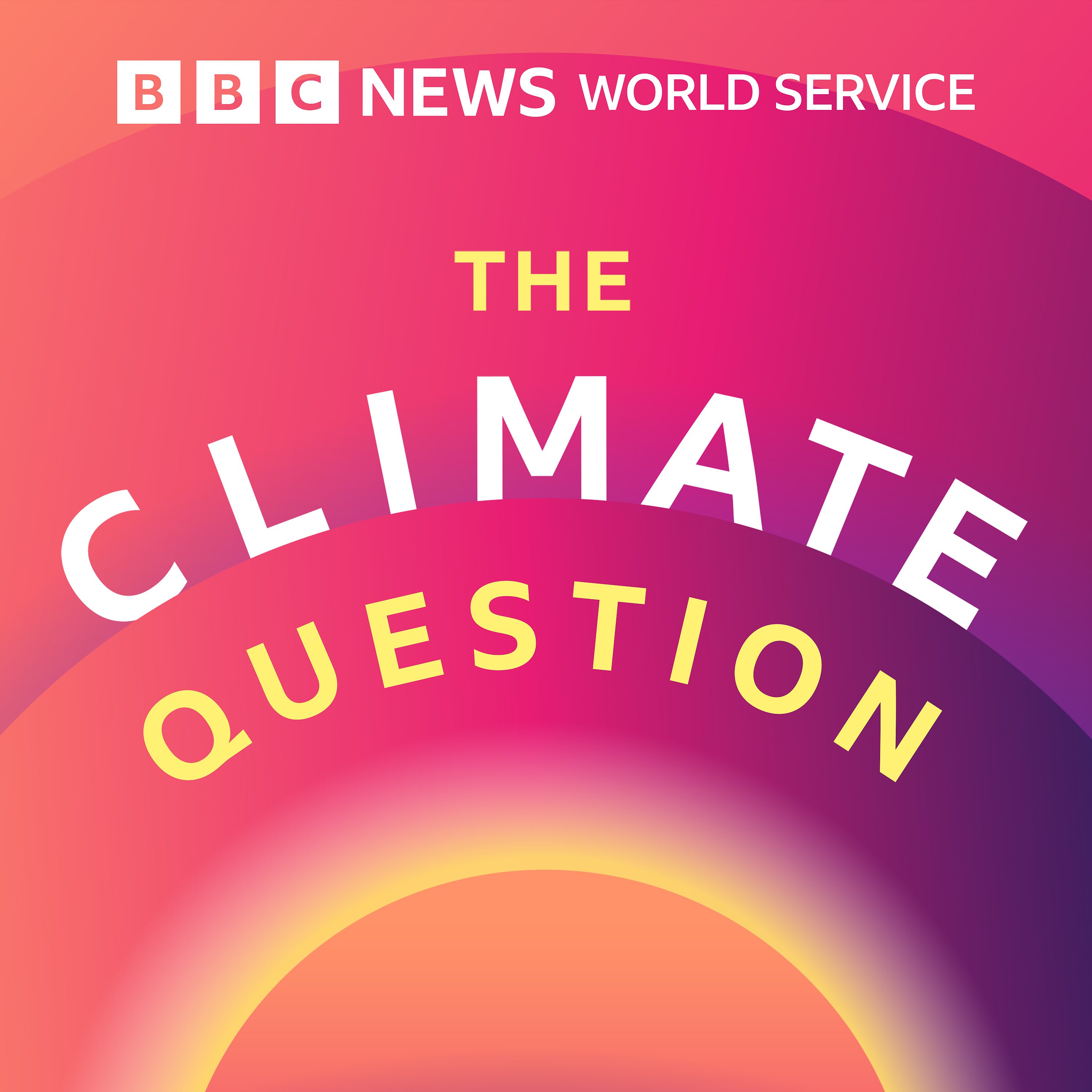Is green hydrogen the fuel of the future?

Hydrogen gas has long been recognised as a potentially valuable tool for tackling climate change. The most abundant element in the universe, it is also a clean-burning gas and \u2013 in theory \u2013 could be used to power almost anything, from our cars and homes, to planes and ships, to agriculture and heavy industry.
We already produce millions of tons of hydrogen each year for use in the chemicals industry, by extracting it from natural gas - a process which emits CO2. But hydrogen can also be made by splitting water molecules with electricity \u2013 and when that electricity is powered by renewables it comes without a carbon price tag.
It is this so-called \u2018green hydrogen\u2019 that is currently generating hype around the world as the \u2018fuel of the future\u2019 and the missing piece of the decarbonisation puzzle. Across the world, governments are announcing far-reaching hydrogen strategies. Fossil fuel companies, too, are investing big, hoping to cash in on the \u2018hydrogen boom\u2019.
But for all the talk of green hydrogen as a miracle fuel, it has a long list of drawbacks too. It is expensive, difficult to store, inefficient and explosive. Previous hype cycles around hydrogen have ended in failure for a combination of these reasons. So while experts agree that hydrogen does have a role to play in decarbonisation, the question is \u2013 how big should it be? And are we about to spend hundreds of billions of dollars on a white elephant?
Contributors: \nMike Strizski, founder of the Hydrogen House Project\nMichael Leibreich, founder of Bloomberg NEF\nSonja van Renssen, Managing Editor of Energy Monitor\nNawal Al-Hosany, Permanent Representative of the UAE to the International Renewable Energy Agency (IRENA)
Presenters: Graihagh Jackson and Marnie Chesterton\nProducer: Zoe Gelber\nEditor: Ros Jones